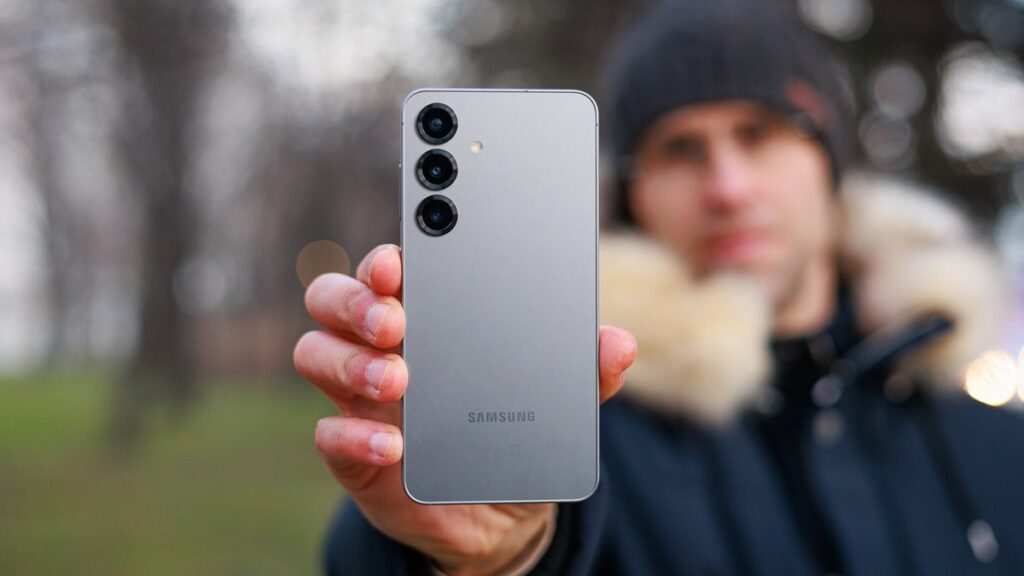Samsung Galaxy S25 Series: A Shift in Memory Technology
Introduction
In a significant shift for its flagship smartphones, Samsung has partnered with Micron Technology for the memory components of its Galaxy S25 series. Traditionally, Samsung used its own semiconductor divisions for memory chips in its Galaxy S line. However, recent confirmations from both Samsung and Micron have indicated that the new Galaxy S25 series will feature Micron’s DRAM and UFS 4.0 storage chips.
Why the Change?
This change raises a few eyebrows in the tech community. What prompted Samsung, a major player in the semiconductor market, to source memory chips from a competitor? Let’s explore this transition and its implications.
Micron’s Advantages
Micron, an American company specializing in memory chips, offers several advanced technologies that make it a formidable player in the industry. The LPDDR5X DRAM chips designed by Micron are manufactured using innovative 1β (one-beta) technology.
Key Features of Micron’s Memory Chips:
- Lower Voltage Operation: These chips are optimized to operate at lower voltages, potentially enhancing battery life and reducing heat in smartphones.
- Enhanced Performance: Micron’s latest memory technology aims to deliver faster data processing speeds, critical for handling advanced features and applications.
Implications for Samsung
Using Micron’s memory chips in its flagship devices represents a notable departure for Samsung. Historically, Samsung’s Galaxy S phones have relied solely on its semiconductor division for DRAM and storage solutions.
Benefits for Users
This switch might actually benefit consumers. Samsung’s previous memory chips faced challenges, especially when trying to meet the demands of advanced functionalities like artificial intelligence (AI). By opting for Micron’s chips, Samsung can ensure better performance and fewer issues such as overheating—problems that have been reported by some users with their Galaxy S25 models.
Recent Samsung Challenges
Samsung has faced scrutiny recently, particularly regarding the launch of the Galaxy S25 series. Many users anticipated significant upgrades over previous models but felt disappointed. Complaints have emerged about issues like camera bugs and charging problems, leading to mixed reviews.
A New Market Reality
In addition to its challenges with the Galaxy S25, Samsung’s decision to use Micron is also telling of its current position in the competitive smartphone market. As Apple moves towards producing its own components, including the recently introduced C1 modem for the iPhone, Samsung seems to be in a position where it must adapt and rely more on external suppliers for key technologies.
Looking Ahead
Samsung is reportedly planning to use its own Exynos 2500 processors in future devices like the Galaxy Z Flip 7. However, there is speculation that Micron memory could also make its way into these upcoming models. As Samsung navigates these technological shifts, its focus must remain on user satisfaction and performance.
Potential Future Developments
- Stay tuned for more information regarding Samsung’s next flagship foldable devices in the summer. Whether they will also feature Micron’s RAM is still uncertain.
- The upcoming Exynos 2500 chip should ideally enhance performance, but the exact level of competition with Qualcomm’s Snapdragon 8 Elite remains to be seen.
Conclusion
Samsung’s partnership with Micron for the Galaxy S25 series marks a significant turning point in the company’s approach to memory technology in flagship devices. While this move may highlight challenges in Samsung’s semiconductor capabilities, it ultimately aims to enhance user experience by ensuring better performance and reliability in its flagship smartphones.
The success of this strategy will likely influence Samsung’s future technology choices as it strives to maintain its competitive edge in an increasingly crowded marketplace. By relying on Micron’s expertise, Samsung is taking a pragmatic approach to meet user expectations, a step that could redefine its future in mobile technology.
